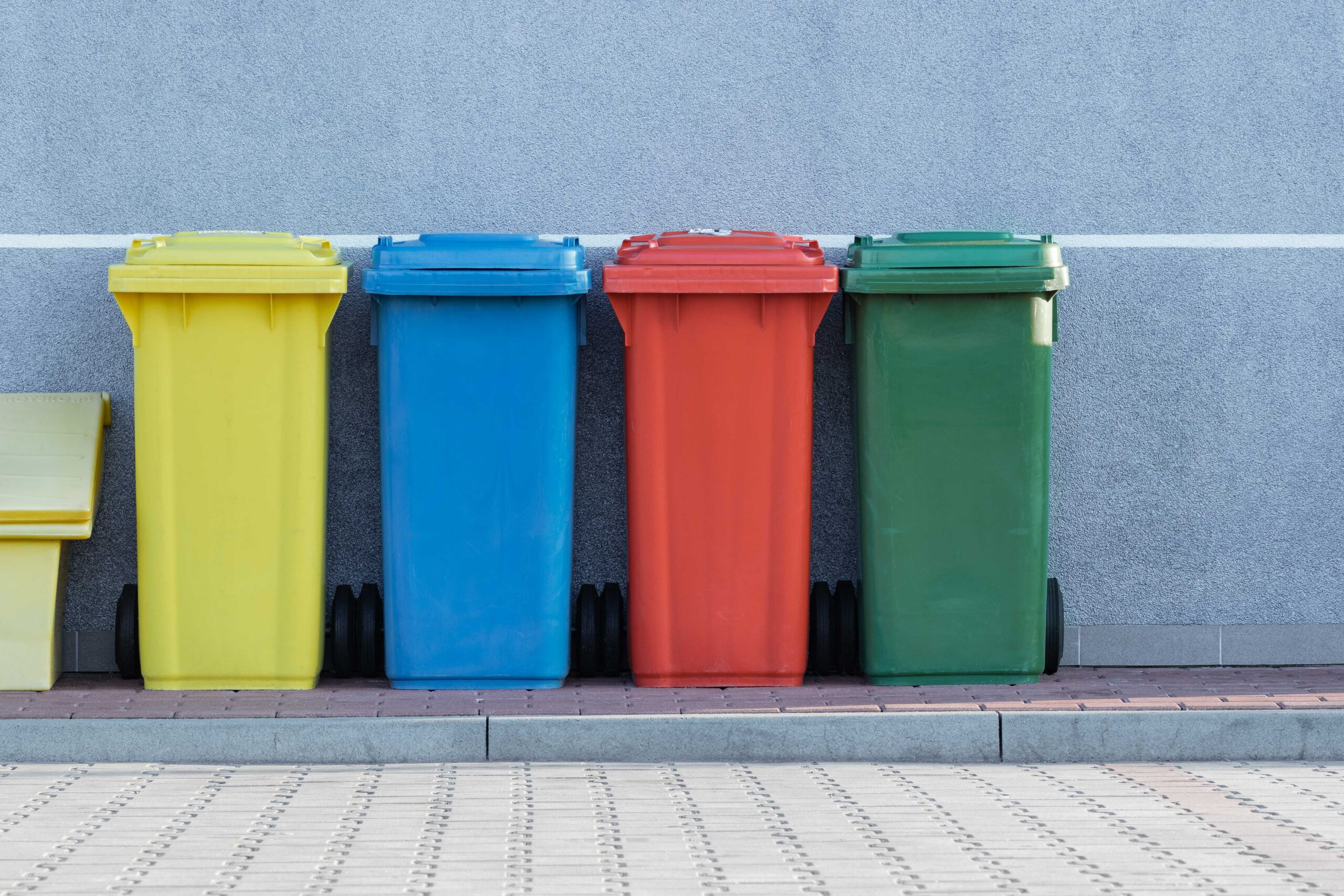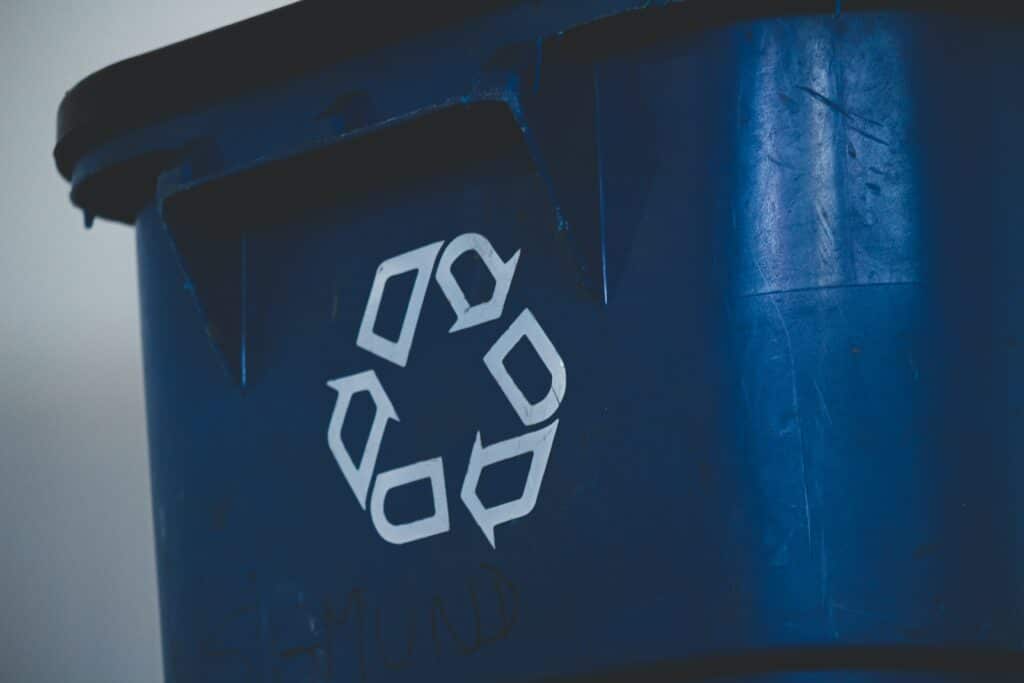5 FACTS ABOUT RECYCLING PACKAGING MATERIALS

FACT 1: Which packaging materials are easiest to recycle?
In Europe, around 80 million tons of packaging waste was generated 2019, from which the majority was paper and cardboard (41%), followed by plastic (19%) and glass (19%), then wood (16%), and metal (5%) according to Eurostat.
The recycling rate for the municipal packaging waste was for paper and cardboard packaging at 82%, metallic packaging at 78%, glass packaging at 76%, plastic at 41%, and wooden packages at 31%. The short answer is that the easiest packaging material to recycle is paper.
To be precise, these figures just tell us how much packaging waste was collected for recycling in 2019, not exactly how much was used for recycling. Following the reform of the Packaging and Packaging Waste Directive in 2018, reporting was changed so that only packaging waste sent to the actual recycling facility can be counted as recycled, this change will reflect 2020 packaging recycling figures, which are coming out soon.
FACT 2: Are packaging recycling systems similar everywhere?
In Europe, packaging waste belongs under Extended Producer Responsibility (EPR) which is defined in EU directives. EPR system obligates producers of all packages to collect, sort, recycle and/or properly dispose of packaging waste they place in the markets.
Recycling systems can vary on a country-, state-, municipal- or even a city level. Collection can be either operational and/or financial only, where the collection is carried out by the municipality, private operator, PRO (Producer Responsibility Organization itself), or a combination of these. In any case, the financial responsibility lies with the producers regardless of how the system works in practice.
The EPR system for packages has been in use in Europe since the early 2000s, while in the US the EPR for packaging is currently in place in three states (2021) and several states are planning to introduce it in 2022 and onwards. EPR is considered an effective tool for the circular economy.
FACT 3: What is the difference between composting and recycling packaging waste?
In composting the packaging material is degraded by microorganisms which break it down into its simplest parts producing carbon dioxide, water, and biomass within a specific time frame and under specific conditions. This can happen either through in-home composting or industrial composting. The conditions in home composting and the open environment are very different compared to industrial composting. In industrial composting, the temperature is higher and steadier, and this affects the rate and extent of the breakdown. Composting is organic recycling, which is a form of recycling.
In composting materials leave the material circulation, but in material recycling, they stay in the circulation. The packaging raw material or parts of the packaging material are re-processed to create new material for the same purpose. The recycling process for a material can happen multiple times, for paper example, an estimated 6 times or according to the latest studies even more, before it becomes unusable. In Europe, paper recycling is well established, and in practice, paper-based packaging can be recycled everywhere.
To say, that a package is recyclable, certain criteria need to be met: a proper recycling system has to be in place, the packaging is tested to be technically recyclable, and, most importantly, packaging waste has to enter the proper recycling stream by the person consuming it.

FACT 4: Is bioplastic packaging recyclable?
When we talk about “bioplastics”, we should distinguish between the terms biobased plastic, biodegradable plastic, and compostable plastic. These are all different things and should not be put under such umbrella terms as “bioplastics” or it can be misleading. EU is currently working on a directive to clarify these terms for the consumers.
Bio-based plastics are, as the name implies, made partially or entirely from bio-based raw materials and can also be biodegradable, but not always.
Biodegradable plastics are designed to biodegrade in a specific medium (water, soil, compost) under certain conditions and for varying periods. Compostable plastics are designed to biodegrade in the conditions defined by the composting system in use, home- or industrial composting. Home composting in lower temperatures than industrial composting and so on. Packaging can be biodegradable but not necessarily compostable. Compostable packaging is always biodegradable.
Packages intended for industrial composting should be collected for processing in an organic recycling system. Even if a compostable plastic package is technically tested and approved to be compostable, there are no established recycling systems in place. Often these materials are collected with organic food waste, which is not designed effectively to handle compostable plastic packaging material. If collected with traditional plastics, biodegradable and compostable plastics are treated as impurity and disposed of by incineration. In lack of a recycling system disposal happens often through mixed waste. Packages made of these materials, like all packages in Europe, belong under the Extended Producer Responsibility scheme. Proper collection, sorting, and recycling -systems need to be in place to state something is recyclable.
FACT 5: How is plastic packaging recycled?
There are several different plastics on the market. Plastics are generally divided into different categories: PET, PE, PP, PS, PVC, and others (like PLA). These different plastics cannot be recycled together, which poses a big challenge for the plastic recycling industry. PET bottles are the easiest to recycle and PVC, PP, PS is hard to recycle. For this reason, the plastics industry is looking for new ways to recycle plastics, for example through chemical recycling or by developing digital marking systems and AI to identify different plastic materials. However, the development of these and all plastic recycling systems is still in its infancy, and efficient plastic recycling is not a reality yet.
